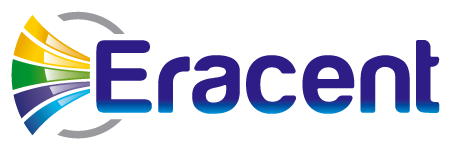Over the past several years, organizations have been moving more and more internal business processes to the cloud in an effort to reduce infrastructure and labor costs while increasing efficiencies. While this approach may meet these main objectives, it creates Software Asset Management challenges.
For example, when a company does not manage and control hardware and software, this can cause licensing liability and financial risk. What should organizations be worried about?
The first concern is understanding who’s responsible for the software licenses in the cloud – in other words, who owns the entitlements? Some cloud service providers enable you to bring your own software – Bring Your Own License (BYOL), or they may offer subscription licenses.
The second concern is understanding software license usage. Whether utilizing a cloud infrastructure such as Amazon Web Services or Microsoft Azure, organizations need to focus on usage as the key metric to track and manage.
The final concern is to know how to calculate licensing in order to remain compliant with your software suppliers.
While companies struggle with these issues, some of the leading-edge SAM tools providers are developing solutions to address them. Eracent’s solution, Continuous License Reconciliation (CLR) for SaaS Applications™ provides detection, license reconciliation and reporting functionality around cloud-based software applications. Since it utilizes multiple approaches to gathering application usage information, CLR for SaaS Applications reports details about any hosted or SaaS application, providing broad product and platform coverage in a single solution.
CLR for SaaS Applications helps any organization:
- Maximize the value received from its software investment
- Avoid overspending and out-of-compliance conditions
- Proactively defend against publisher audits and associated costs and penalties
- Verify that the cloud environment is cost-effective
CLR for SaaS Applications provides tracking of user assignments for each cloud-based product and monitors access and usage activity to determine who is actually using each application. By reconciling transactions with assignments, the solution can report on any exceptions and overages, enabling license managers to quickly address any potential problems.
Any organization that is moving towards cloud-based SaaS software such as Microsoft Office 365, Adobe Creative Cloud, Box or Salesforce.com can use CLR for SaaS Applications to ensure that users have the functionality that they require without spending more than necessary.
CLR for SaaS Applications makes it possible to:
- Match subscription plan levels to actual application usage
- Identify assigned users who may no longer require a subscription
- See if there are redundancies where a user may have both a perpetual license and a subscription license
Simply stated, CLR for SaaS Applications makes it much easier to manage software licenses in the cloud.

– by William Choppa
William Choppa is the President of Eracent. He has almost twenty years’ experience helping clients meet their ITAM and SAM challenges with his knowledge of technical solutions and business process best practices.





